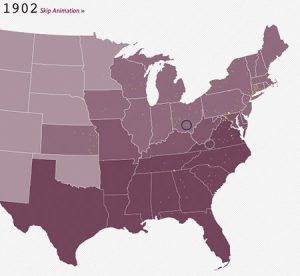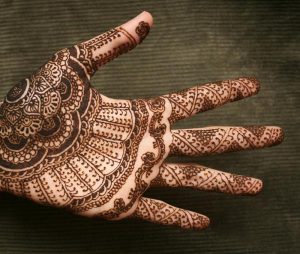
There are a slew of metaphors in these border wall prototypes and the proposal to designate them a singular national monument, which one could argue they already are. And I don’t know quite what is the best of the ‘elegance from idiocy’ interpretations… or how many… oh, it’s America, we can choose all of them:
Which fittingly brings us back to Trump. As with much minimalism, these prototypes are hard-edged geometry and impervious materials brought into the American landscape of the West and arranged to impose order, inspire awe, and try to manage and align mystic political forces — and to make something that while instantly obsolete, like some useless Stalin Gulag project, meant to last forever. Trump has made something that evokes a real monument — one that may correctly be said to stand for everything he believes in. And I think mustn’t be forgotten. The structures represent a menacing presence that imparts brutal cruelty, fear, contempt, and coldhearted malice — something nihilistic and destructive that doesn’t believe in the substance of the American creed but only in the appearance of being cocksure, in theatricality, and manipulative statecraft.
It’s horribly unjust – to them – how each U.S. preznit seems to symbolize the country during his(!) time in office, and though at times it is beautiful, usually the truth only hurts. But this time it’s just stupid, ignorant, fearful, racist and depraved.
Great D.H. Lawrence quote at the end of the article. Nice going.

 The
The  When it all began is as clear of a question as when it might end. Actual Nazis on violent parade (is there another kind of Nazi parade?) in a public square has brought the question of white supremacy out of the shadows for the time being. Hopefully the moment lasts a while longer to
When it all began is as clear of a question as when it might end. Actual Nazis on violent parade (is there another kind of Nazi parade?) in a public square has brought the question of white supremacy out of the shadows for the time being. Hopefully the moment lasts a while longer to  It’s back to school time! Lunch pails and school slates may have given way to Uber eats and iPads, but one anachronism that remains is the ability for donors to get their kids into the best schools. With the Trump Justice Department launching a dubious new project targeting discrimination against white students in university admissions policies, I’m not going to explain why a diverse population in any university is not just a nice thing, but inarguably a crucial component in a
It’s back to school time! Lunch pails and school slates may have given way to Uber eats and iPads, but one anachronism that remains is the ability for donors to get their kids into the best schools. With the Trump Justice Department launching a dubious new project targeting discrimination against white students in university admissions policies, I’m not going to explain why a diverse population in any university is not just a nice thing, but inarguably a crucial component in a  Interesting op-ed on a
Interesting op-ed on a